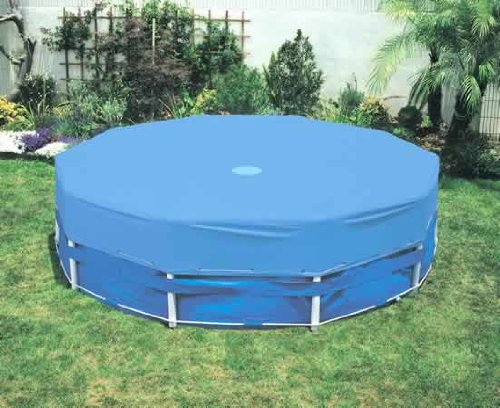Find the Perfect Pool Cover to Protect Your Pool and Maximize Its Benefits
A pool cover is an essential accessory for any pool owner. It serves multiple purposes, from keeping debris and dirt out of the pool to conserving water and reducing evaporation. With a variety of pool cover types on the market, finding the perfect one for your pool can be overwhelming. This article will provide you with a comprehensive guide to help you choose the best pool cover based on your specific needs and preferences.
Types of Pool Covers
There are several types of pool covers available, each with its unique features and benefits:
- Solar Pool Covers: Solar pool covers, also known as solar blankets, are designed to trap heat from the sun and transfer it to your pool water. They reduce evaporation and help maintain water temperature, making them energy-efficient and cost-effective.
- Winter Pool Covers: Designed to protect your pool during the winter months, these covers prevent debris from entering the pool and help maintain water quality. They are typically made of heavy-duty materials, such as vinyl or polyethylene, to withstand harsh weather conditions.
- Safety Pool Covers: Safety covers are designed to prevent accidental drowning by providing a barrier between the water and the surrounding environment. They can be made of solid materials or mesh and are secured to the pool deck with anchors or straps.
- Automatic Pool Covers: Automatic pool covers can be opened and closed with the push of a button, providing convenience and ease of use. They can function as safety covers and help maintain water temperature and cleanliness.
Factors to Consider When Choosing a Pool Cover
- Purpose: Determine the primary purpose of your pool cover. Are you looking to conserve energy, protect your pool during the winter months, or provide a safety barrier? Your primary goal will help you narrow down the type of pool cover best suited for your needs.
- Pool Shape and Size: The shape and size of your pool are essential factors to consider when selecting a pool cover. Custom-made covers are available for irregularly shaped pools, but they may come at a higher cost. Ensure the cover you choose is compatible with your pool’s dimensions.
- Material: The material of a pool cover impacts its durability, strength, and effectiveness. Solar pool covers are often made of UV-resistant polyethylene or vinyl, while winter and safety covers can be made of heavy-duty vinyl, polyethylene, or mesh. Consider the material’s longevity and resistance to weather conditions when choosing a pool cover.
- Ease of Use: Some pool covers, like automatic pool covers, are more user-friendly than others. If ease of use is important to you, consider investing in an automatic cover or one that can be easily installed and removed by a single person.
- Budget: Pool covers vary in price based on their type, material, and features. Determine your budget beforehand and choose a cover that meets your needs without breaking the bank.
- Warranty and Support: A pool cover is an investment, and a warranty can provide peace of mind in case of defects or issues. Look for pool covers with a warranty and manufacturers that offer customer support.
Choosing the best pool cover for your swimming pool requires careful consideration of factors like purpose, pool size and shape, material, ease of use, budget, and warranty. By evaluating your specific needs and preferences, you can select the ideal pool cover to protect your pool, conserve energy, and enhance safety. A well-chosen pool cover can help you save time, money, and effort in maintaining your pool, allowing you to enjoy its benefits for years to come.
